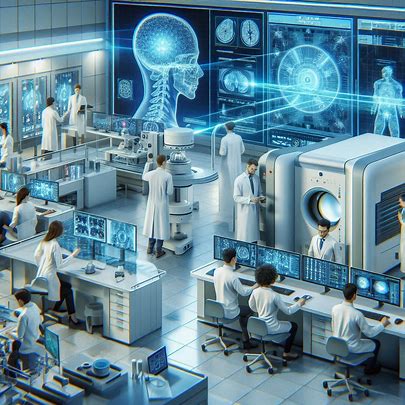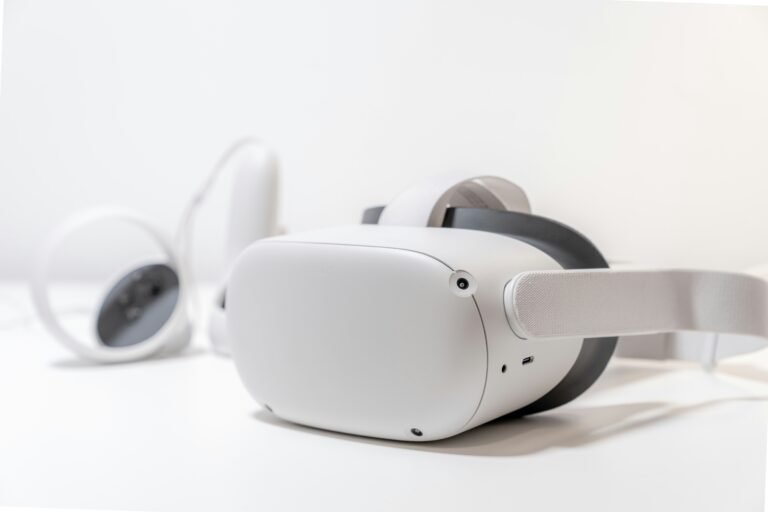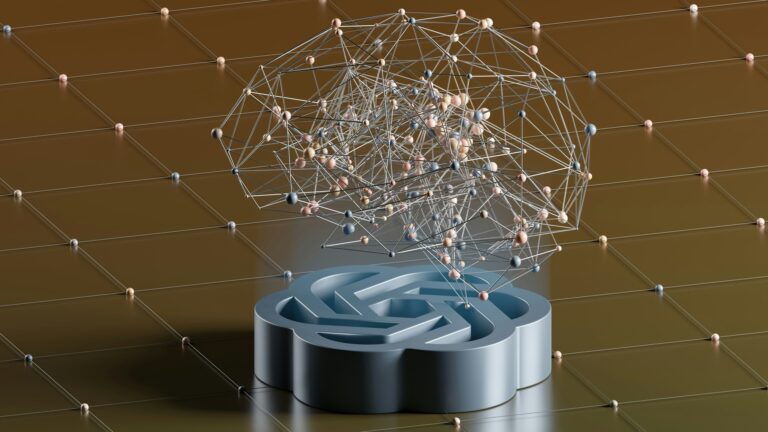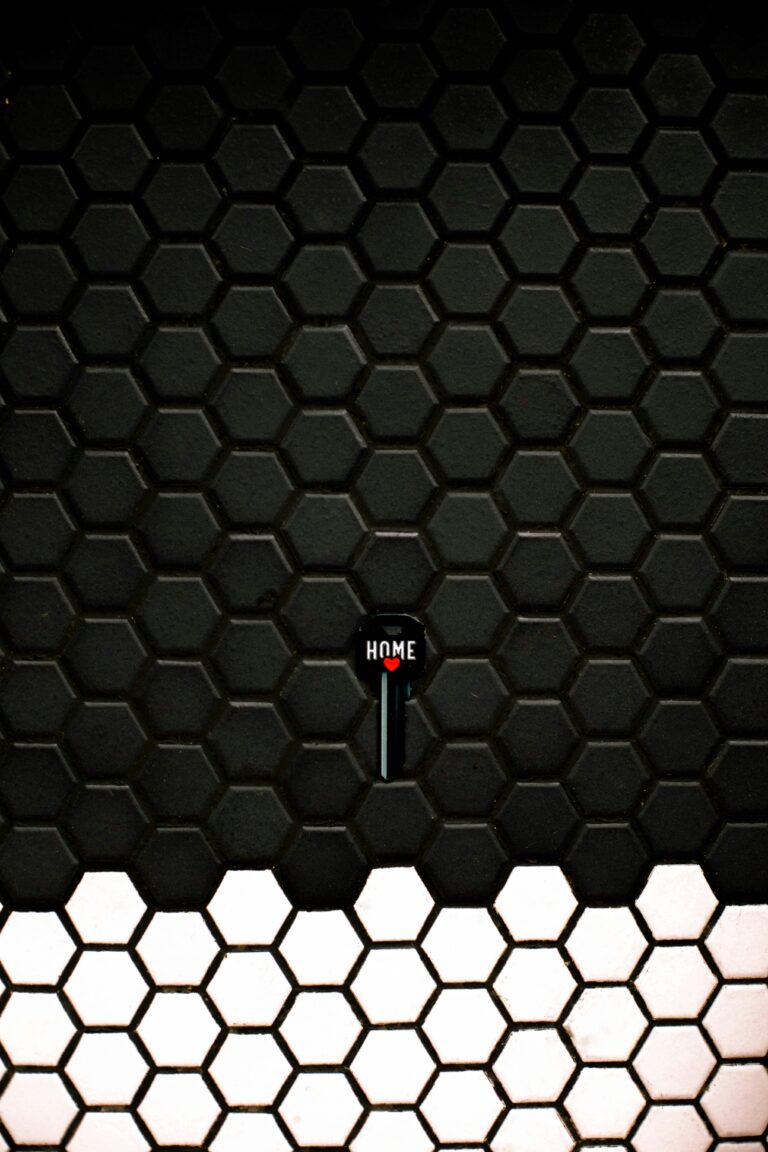
Introduction
Imagine a technology that can see through walls, detect hidden objects, or diagnose diseases without invasive procedures—all without the risks of X-rays. This is the power of terahertz imaging, a cutting-edge technology that uses terahertz waves, a type of electromagnetic radiation, to reveal details invisible to the naked eye. Positioned between microwaves and infrared light on the electromagnetic spectrum, terahertz waves offer unique capabilities for imaging and sensing. This article explores what terahertz imaging is, how it works, its real-world applications, current trends, and its potential to transform industries, all presented in an engaging and accessible way for everyone.
What is Terahertz Imaging?
Terahertz imaging uses terahertz (THz) waves—electromagnetic waves with frequencies between 0.1 and 10 terahertz (1 THz = 1 trillion cycles per second)—to create images or analyze materials. These waves can penetrate non-metallic materials like clothing, paper, and plastics, but are safe for humans, unlike X-rays. Terahertz imaging is non-invasive, non-ionizing, and capable of revealing both surface and internal structures, making it a versatile tool across various fields.
Key Features of Terahertz Waves
- Penetration: THz waves pass through non-conductive materials like fabrics or ceramics but are blocked by metals and water.
- Safety: Non-ionizing, meaning they don’t damage DNA or tissues, unlike X-rays.
- Spectroscopic Capabilities: THz waves can identify materials by their unique “fingerprints” in the terahertz spectrum.
- High Resolution: Capable of detailed imaging at sub-millimeter scales, ideal for precise applications.
For example, a terahertz scanner at an airport can detect concealed objects under clothing without harmful radiation, ensuring both safety and security.
How Terahertz Imaging Works
Terahertz imaging systems generate, detect, and analyze THz waves to produce images or data. Here’s a simplified overview of the process:
- Wave Generation: A THz source, such as a laser or semiconductor, produces terahertz waves.
- Interaction with Object: The waves are directed at an object, where they are transmitted, reflected, or absorbed based on the material’s properties.
- Detection: Sensitive detectors capture the returning waves, measuring their intensity, phase, or frequency.
- Image Processing: Software converts the data into images or spectroscopic profiles, revealing hidden structures or material compositions.
For instance, in quality control, a terahertz scanner might pass waves through a pharmaceutical tablet to detect internal defects, with the reflected waves forming a detailed image of its structure.
Real-World Applications of Terahertz Imaging
Terahertz imaging is making waves across industries, offering innovative solutions for inspection, diagnostics, and security.
Security and Screening
Terahertz imaging is widely used in security for non-invasive screening. Airports and public venues use THz scanners to detect concealed weapons or explosives under clothing without privacy-invasive imaging. For example, the TSA has explored THz systems to enhance checkpoint efficiency while prioritizing passenger safety.
Medical Diagnostics
In healthcare, terahertz imaging offers non-invasive diagnostics. It can detect skin cancer by identifying abnormal tissue properties, as THz waves interact differently with healthy and cancerous cells. Researchers at the University of Warwick have used THz imaging to map skin lesions, aiding early detection without biopsies.
Industrial Quality Control
Terahertz imaging ensures product quality in manufacturing. It inspects packaged goods, like food or pharmaceuticals, for defects or contaminants without opening them. For instance, THz systems can check the integrity of tablet coatings or detect foreign objects in food packaging, as used by companies like TeraView.
Art and Cultural Preservation
Museums use terahertz imaging to analyze artworks and artifacts non-destructively. It reveals hidden layers in paintings or detects corrosion in ancient manuscripts. The Louvre has employed THz imaging to study the underlayers of Renaissance paintings, uncovering artists’ techniques without damage.
Material Science
Terahertz imaging identifies material properties in industries like semiconductors or composites. It can detect defects in microchips or analyze the structure of polymers, aiding in the development of advanced materials for electronics or aerospace.
News shapes markets. Be the first to act, not react. Learn how in our finance hub.

Current Trends in Terahertz Imaging
As of June 2025, terahertz imaging is advancing rapidly, driven by technological breakthroughs and growing demand. Here are key trends:
Compact and Affordable Systems
Advances in miniaturization are making THz imaging systems smaller and more cost-effective. Portable THz scanners, like those developed by Terasense, are expanding access for smaller businesses and research labs.
Integration with AI
Artificial intelligence is enhancing terahertz imaging by improving image analysis and material identification. AI algorithms process THz data to detect subtle patterns, such as early-stage cancer or manufacturing defects, with greater accuracy.
Real-Time Imaging
Newer THz systems offer real-time imaging, critical for applications like security screening or industrial monitoring. High-speed detectors and processors, as seen in Advantest’s THz solutions, enable instant analysis without delays.
Terahertz Spectroscopy Advancements
THz spectroscopy, which identifies materials by their spectral signatures, is expanding into fields like agriculture and environmental monitoring. For example, THz systems can analyze soil composition or detect pollutants in water.
5G and IoT Synergy
Terahertz waves are being explored for ultra-fast 6G communication, but their imaging applications are also benefiting from 5G’s low latency and IoT integration. This allows remote THz sensors to transmit data instantly for applications like smart city infrastructure.
Benefits of Terahertz Imaging
Terahertz imaging offers significant advantages:
- Safety: Non-ionizing waves pose no health risks, unlike X-rays or UV radiation.
- Non-Destructive: Inspects objects without damage, ideal for delicate items like artifacts.
- Versatility: Penetrates diverse materials, from plastics to human tissue, for varied applications.
- Precision: High-resolution imaging detects minute details, enhancing quality control.
- Unique Insights: Spectroscopic capabilities identify material compositions, aiding research and diagnostics.
Challenges of Terahertz Imaging
Despite its potential, terahertz imaging faces hurdles:
- Cost: High-end THz systems remain expensive, limiting widespread adoption.
- Water Absorption: THz waves are absorbed by water, restricting their use in high-moisture environments like deep tissue imaging.
- Limited Range: THz waves have short penetration depths in some materials, requiring specialized setups.
- Complexity: Developing and operating THz systems demands technical expertise.
- Regulatory Barriers: Security and medical applications face strict regulations, slowing deployment.
Addressing these challenges requires investment in cost-effective technologies, simplified designs, and regulatory frameworks.
The Future of Terahertz Imaging
Terahertz imaging is poised for transformative growth by 2030:
- Healthcare Breakthroughs: Portable THz devices could enable at-home diagnostics, like detecting skin conditions or monitoring wounds.
- Industrial Automation: Real-time THz imaging will streamline quality control in smart factories.
- Security Enhancements: Compact scanners will improve safety in public spaces without compromising privacy.
- Environmental Monitoring: THz sensors will track pollutants or climate changes, supporting sustainability.
Continued research and collaboration will make THz imaging more accessible and impactful.

Conclusion
Terahertz imaging is unlocking new possibilities by revealing what’s hidden beneath surfaces, from concealed threats to early signs of disease. Its non-invasive, safe, and versatile nature makes it a game-changer across security, healthcare, industry, and more. As trends like AI integration, real-time imaging, and compact systems drive progress, terahertz imaging promises a future where we can see and understand the world with unprecedented clarity. By overcoming challenges like cost and complexity, this technology can empower industries and individuals to build a safer, smarter world.



